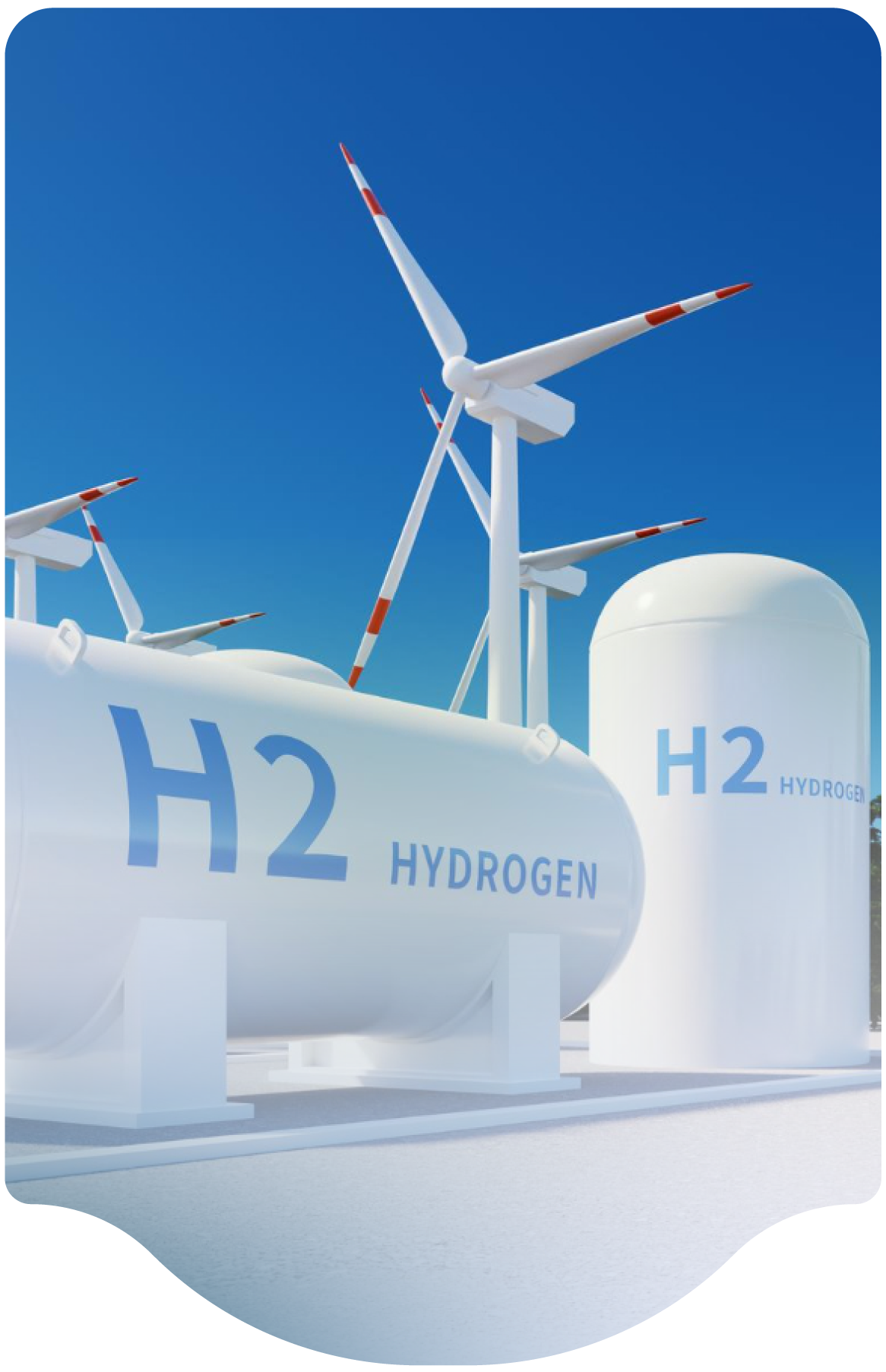- Home
-
Resources
- Center for Hydrogen Safety
- Hydrogen Fuel Cell Codes and Standards
- Learnings & Guidance
- Paper & References
- Web-based Toolkits
- Workforce Development

- Contact
- About H2Tools
- Welcome to the Hydrogen Tools Portal
- helpdesk@h2tools.org
FAQ
Frequently Asked Questions
Question & Answer
- 269 results found
- Clear All
Generally speaking, the International Fire Code and NFPA 2 apply to non-transportation use of hydrogen. These are maturing quickly, with NFPA 2 currently having issued its most recent edition in 2023. Standards for both on-board LH2 tanks and LH2 tankers for bulk fuel transport are managed by the U.S. Department of Transportation (DOT) and are well established. DOT transport requirements for…
Category: FC Electric Vehicles
Keywords: FC Vehicles, Gas, Liquid, Transport, Standard
Hydrogen gas storage and fuel cell systems are typically closed systems with a variety of monitoring and control functions to prevent leaks. Please check with the bus manufacturer and authority having jurisdiction to verify this is acceptable per their direction. However, a good safety practice would be to minimize the time spent indoors for these activities. Hydrogen vehicles maintained in a…
Category: FC Electric Vehicles
Keywords: FC Vehicles, Indoor Carwash
Assuming this question relates to the roof of the enclosure, there are no design criteria on this topic to the Panel’s knowledge. The key to the design would be ensure that the exhaust ventilation inlet is located at the highest point and that there are no pockets that can capture hydrogen (restrict flow to the exhaust inlet).
Information on Toyota’s repair garage approach is available…
Category: Lab Equipment
Keywords: Laboratory, Ventilation, Hood
A best practice, even for small hydrogen vents, is to vent to a dedicated vent system outside the building where possible. Several international codes and standards can be used to provide guidance; the Panel recommends discussing the configuration with a local fire official to ensure their required standards are followed. In the U.S. NFPA 2, Hydrogen Technologies Code, has information in…
Category: Lab Equipment
Keywords: Laboratory, Ventilation, Generation
It is always recommended that the area in which this work would be done be adequately ventilated and in accordance with the Building Code, NFPA 2 and NFPA 45 if applicable. In the Panel’s opinion, it’s recommended that the weight measuring equipment as you’ve described it be designed for Class 1, Group B, Division 2. Also consult with the local authority having jurisdiction as to the…
Category: Lab Equipment
Keywords: Laboratory, Electric, Classification, Weigh Scale, Ventilation
While HSP members have limited experience with MFCs in experimental setups, the Panel does not consider them to be reliable to provide a positive flow shutoff. For safety, a shutoff valve in series is recommended. Projects will also need to consider hazardous electrical rating and location when flowing H2. Regarding Coriolis mass flow measuring devices, Coriolis flow meters measure mass rate…
Category: Lab Equipment
Keywords: Laboratory, Flow, Control, System Design
It is difficult to provide trustworthy answers to these questions without understanding the design and configuration of the specific installation. It may be best to consult with a pressure systems expert to evaluate the specific installation and uses. The gas provider may also be a good resource for specifics on gas equipment use. Other beneficial resources include the…
Category: Lab Equipment
Keywords: Laboratory, Tube, Instruments, Cylinder, Regulator, Fitting, System Design, Valves
Regarding the concept of introducing hydrogen gas into natural gas pipelines, this is indeed a hot topic and there are recent quantitative treatments of fatigue crack growth driven by pressure cycling and potentially accelerated by hydrogen. Some analysis has shown that it can be acceptable to operate natural gas pipelines with a hydrogen blend. However, this is highly dependent…
Category: Storage
Keywords: Storage, Large Quantity, Propane, Natural Gas, Tank, Pipeline, Piping
Hydrogen cylinders contain pure hydrogen unless they are specifically manufactured for and marked as a mixture. The purity grade is usually between 99.5% and 99.9999%. The balance is typically inert gases (such as nitrogen) with just ppm levels of other contaminants, but this can vary depending upon the production source. When emptied, the residual is still the same purity of hydrogen, just at…
Category: Storage
It is possible to store large quantities of gaseous hydrogen above ground, but it will likely require a large footprint due to its relatively low density even at high pressure. Also, if the quantity equals or exceeds 10,000 lb., the facility will need to comply with OSHA 1910.119 process safety management requirements if located in the US. Similar regulations exist in Europe and Asia that…
Category: Storage
Keywords: Storage, Gas, Large Quantity, Tank, Pipeline
We are professional and reliable provider since we offer customers the most powerful and beautiful themes. Besides, we always catch the latest technology and adapt to follow world’s new trends to deliver the best themes to the market.
Contact info
We are the leaders in the building industries and factories. We're word wide. We never give up on the challenges.
- 2 Queen Street,California, USA
- (+84) 04 123 456
- :Helpdesk@h2tools.org
